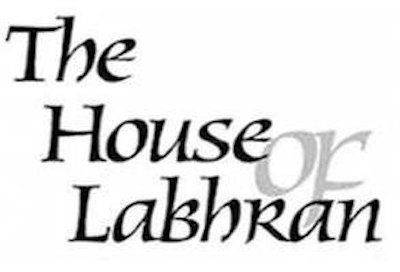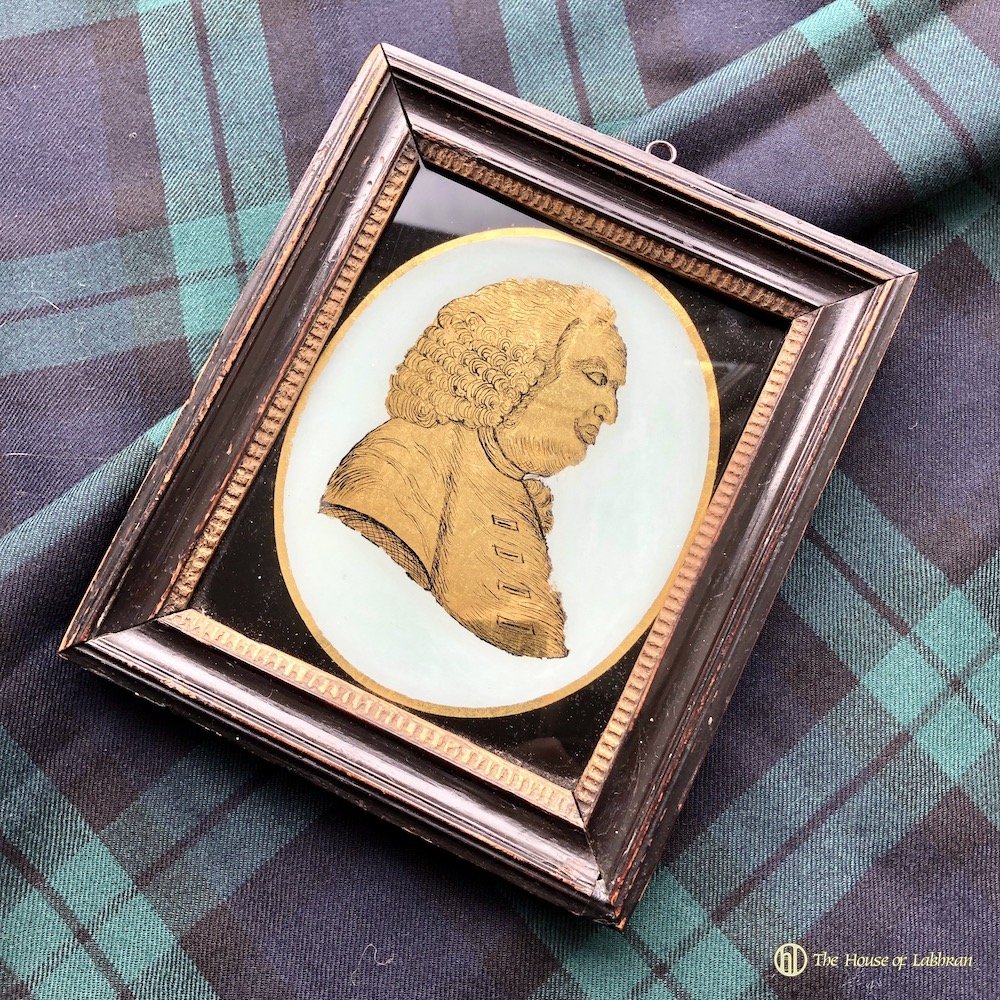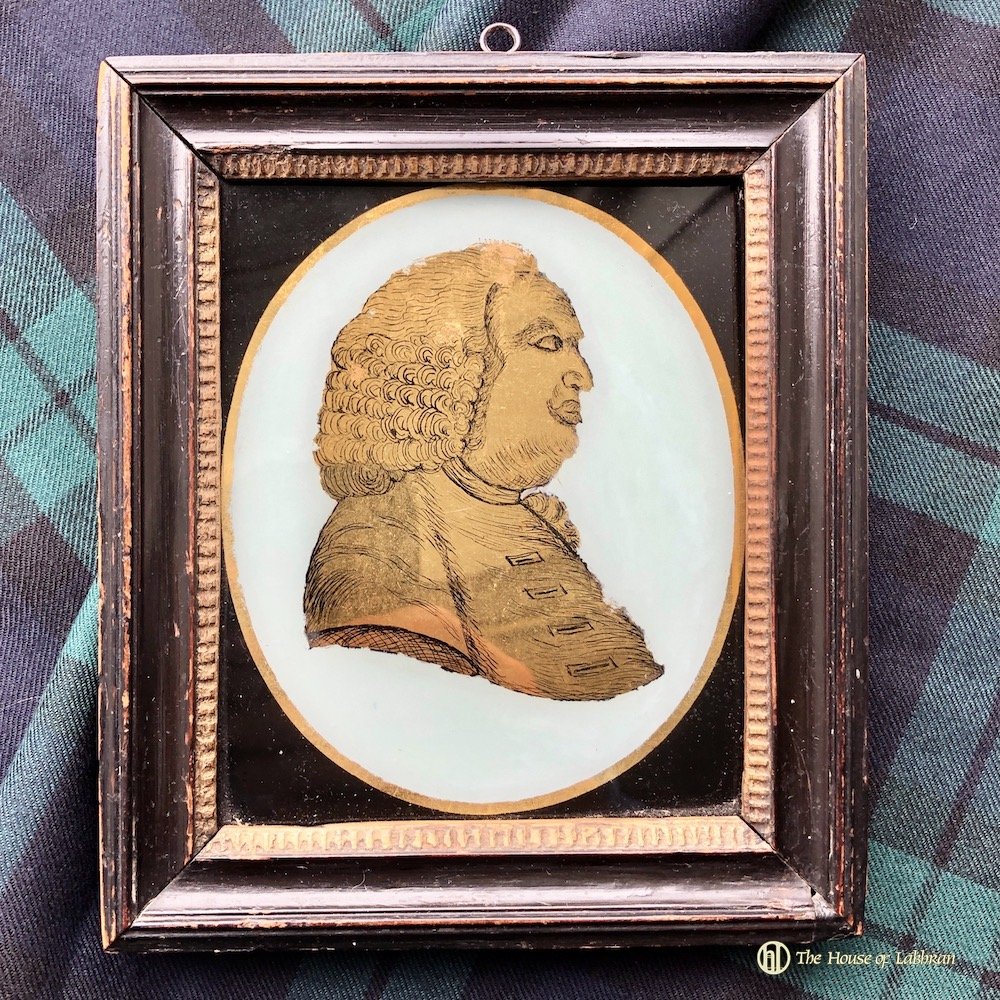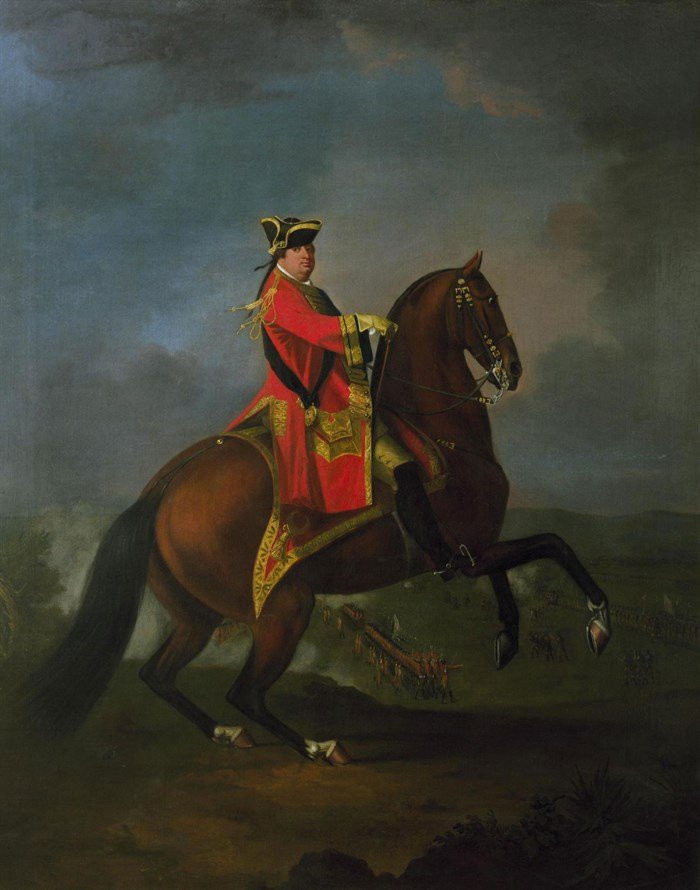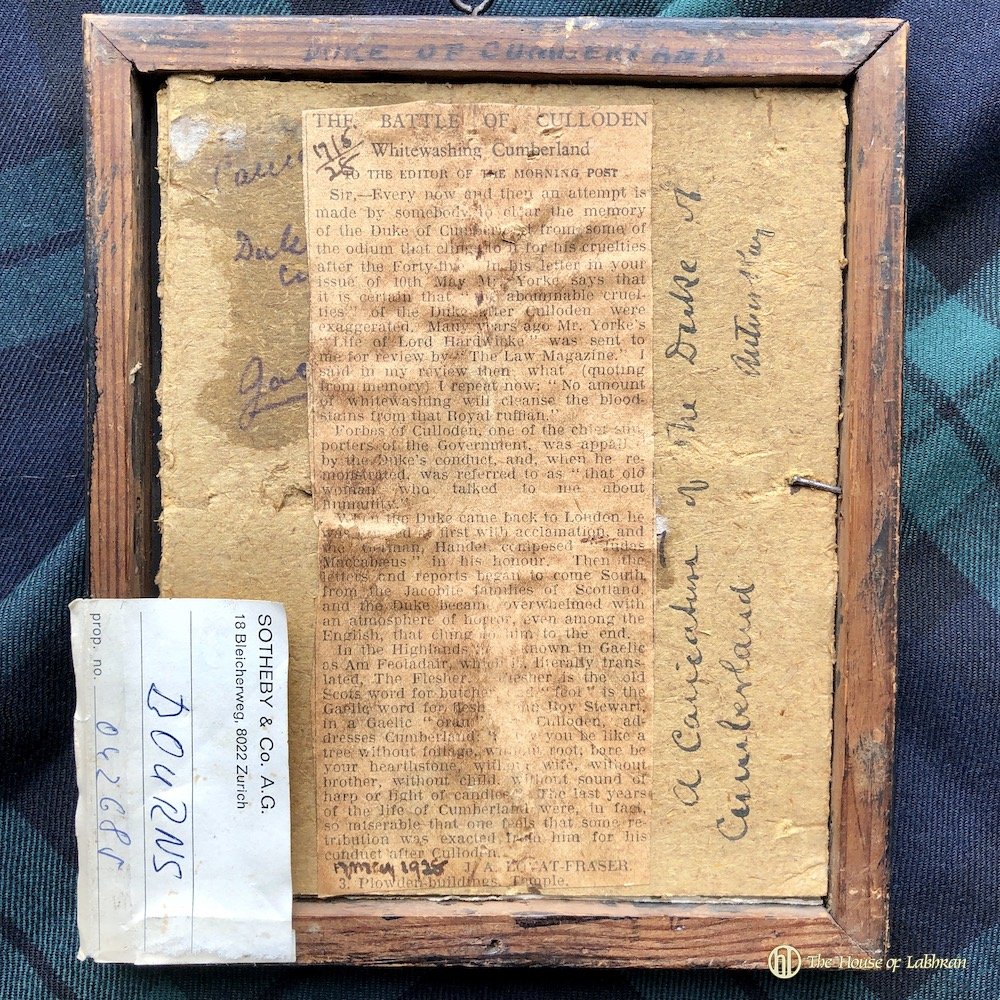Antique Jacobite Caricature Verre églomisé of the Duke of Cumberland
Antique Jacobite Caricature Verre églomisé of the Duke Cumberland
Antique Jacobite Caricature Verre églomisé of the Duke of Cumberland.
We have rediscovered a wonderful original Georgian Jacobite caricature of the Duke of Cumberland thought to have been created in Paris in the 1750’s following the Jacobite defeat in 1746.
Verre églomisé is a French term referring to the process of applying both a design and gilding onto the rear face of glass to produce a mirror finish. The name is derived from the 18th-century French decorator and art-dealer Jean-Baptiste Glomy.
This Georgian work is mounted in a black and gold Georgian frame with original notes on the back.
The picture has a newspaper cutting from 1928 on the back, with notes from one of its past owners art collector Arthur Kay. The notes indicate he wrote it after the cutting was pasted to the back in his latter years. It is thought to have been in the Christie’s sale of 8-9 April 1943 when 291 pictures from his collection was sold after his death. The work also comes with a Sotheby’s - Zurich provenance and also signed on the back by Arthur Kay.
Antique Jacobite Caricature Verre églomisé of the Duke of Cumberland
The Duke of Cumberland
Prince William Augustus, Duke of Cumberland, KG, KB, FRS ( 15 April 1721 – 31 October 1765 ) was the third and youngest son of King George II of Great Britain and Ireland and his wife, Caroline of Ansbach
Cumberland had a largely unsuccessful military career. However, he is notorious for his ruthlessness following the battle of Culloden in 1746 when Prince Charles Edward Stuart ( Bonnie Prince Charlie ), was defeated.
The battle of Culloden lasted only an hour, with the Jacobites suffering a bloody defeat; between 1,500 and 2,000 Jacobites were killed or wounded, while about 300 government soldiers were killed or wounded. It is thought approximately 5,000 – 6,000 Jacobites remained in arms in Scotland after the battle. However, the leadership took the decision to disperse, effectively ending the rising. In the period following the defeat Jacobite supporters were hunted mercilessly by the Duke of Cumberland’s forces throughout the Scottish Highlands.
After his success at Culloden, the Duke of Cumberland was nicknamed ‘Sweet William’ by his Tory supporters. However, he has been largely remembered as ‘Butcher Cumberland’ a nickname given to him by his opponents following the 45.
Arthur Kay (1862-1939)
The Arthur Kay Collection
Arthur Kay (1862-1939) who was one of the most famous and important British art collectors in the early 20th century.
Arthur Kay was a drapery tycoon, collector and author of the 'Treasure Trove in Art.
Arthur Kay was born in London in 1862 where his father John Robert Kay had a retail business.
In 1870 the family moved to Glasgow to join the board of a company called Arthur & Co. which was a retail company doing business in the UK and overseas as wholesale distributers.
Arthur Kay started collecting, just like William Burrell when he was a young boy. Arthur Kay was a pioneer in art collecting, alongside the other wealthy industrialists and ship owners of his time, represents the energy, the entrepreneurship and foresight of the Victorian / Edwardian Eras.
Arthur Kay, made three gifts to the Kelvingrove Galleries. In June 1902, he presented to Kelvingrove Gallery a painting entitled “First State Visit of Queen Victoria to the City of London, Nov. 1837, Passing St. Pauls” by Sir George Hayter. This was the year the Gallery was opened to the public and also the first anniversary of Queen Victoria’s death.
In 1932, Arthur Kay, as Chairman of the Scottish Modern Arts Association (SMAA), petitioned for ‘a modern place of art in Edinburgh – a Tate Gallery’, a concept that manifested 28 years later in the form of The Scottish National Gallery of Modern Art (SNGMA)
